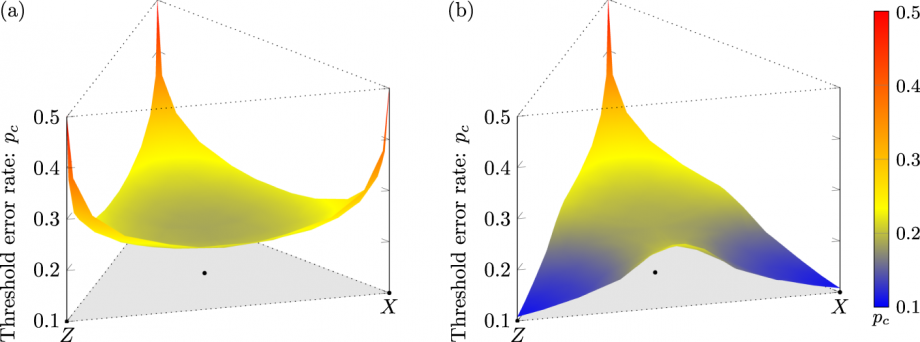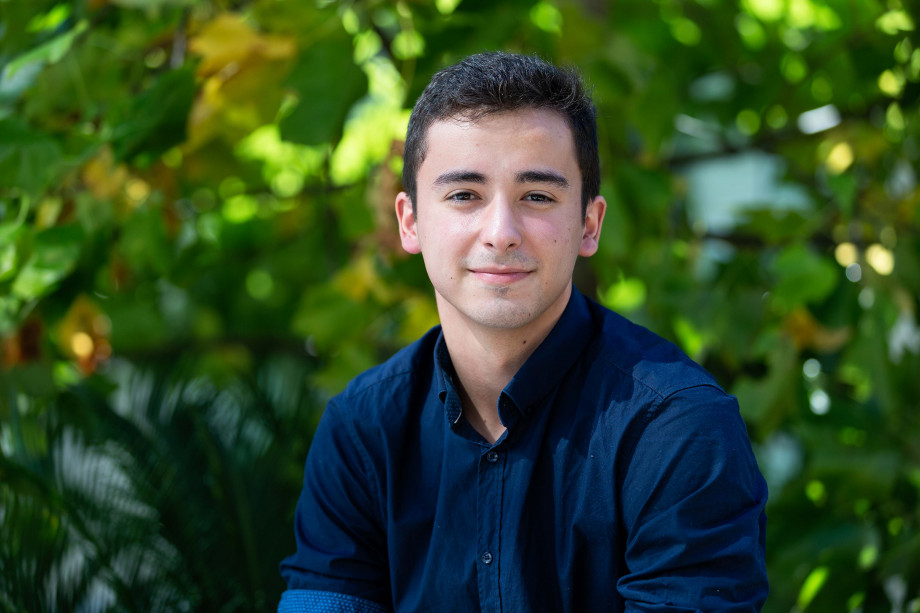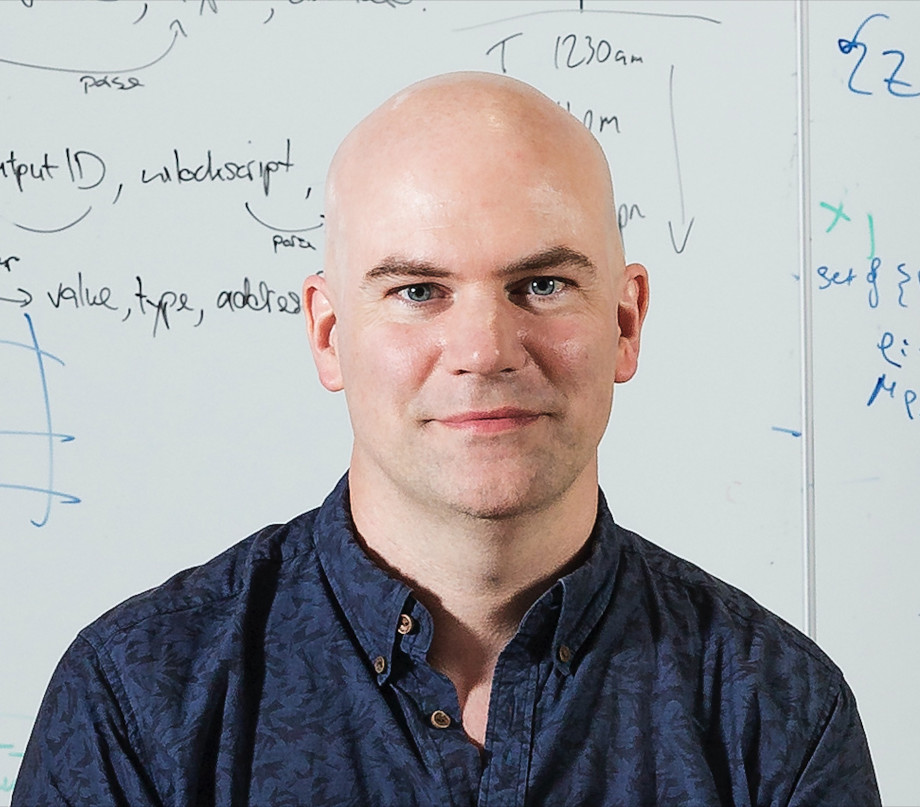Quantum computers are poised to become a powerful tool for scientific and industrial computing in coming years. What was for decades a theoretical concept is finally becoming a physical reality. Scaling up quantum computing systems to a practical level of robustness and reliability is a key focus of many research groups in the field. Researchers from the University of Sydney are using NCI and the Gadi supercomputer to find more efficient and powerful ways of controlling the very building blocks of a quantum computer.
The arrangement of qubits that power a quantum computer helps determine its performance and its ability to respond to errors. Errors in quantum calculations are inevitable, due to the delicate nature of the qubits themselves. Vibrations, noises, temperature fluctuations and cosmic rays are all potential sources of errors in a quantum computer. A better arrangement, or surface code, of the qubits allows the computer to more effectively detect and correct those errors that do crop up during a calculation.
The research group had previously raised the threshold below which errors can be corrected to a new level. The higher the threshold is, the more the errors that appear can be resolved by the system. Now, they have brought the threshold to a level that had only previously been theoretically predicted. An outwardly simple change to the arrangement of the qubits produced an unexpectedly large result.

Running around 87 million separate simulations on Gadi for all the different possible permutations of the qubit arrangements, the researchers have now brought the threshold level in line with the actual error rates of physical quantum computing systems. Research Fellow Dr David Tuckett said, “This step brings us closer to making practical quantum computing possible. Quickly being able to run these simulations on NCI is central to understanding the effectiveness of our qubit arrangements. We couldn’t learn so much without NCI’s support and access to high-performance computing.”
The development of this new surface code was led by honours student Pablo Bonilla. Through an assignment looking at the team’s previous version of the surface code, he took the idea further along by adjusting some variables that had long gone untouched. The result was all the more unexpected given that surface codes have been a focus of quantum computing research for more than 20 years. The improvement that the team made has attracted interest from tech giant Amazon and researchers around the world.


Quantum computing researchers are progressively moving us closer to functional and useful quantum computing technologies. Through innovative research, new ideas and powerful testing environments like NCI’s Gadi supercomputer, researchers can advance the state of knowledge and help make future technologies a reality.
This research was supported by the ARC Centre of Excellence for Engineered Quantum Systems (EQUS).
You can read the whole research paper in Nature Communications.
Read the first research highlight about this work.